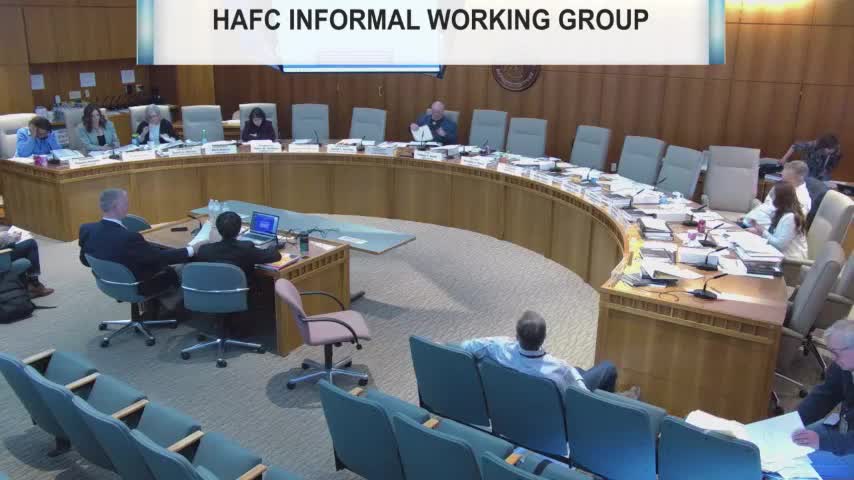New Mexico Lawmakers Discuss $150M Transfer for Literacy and CTE Programs
February 08, 2025 | Appropriations & Finance, House of Representatives, Committees, Legislative, New Mexico
This article was created by AI summarizing key points discussed. AI makes mistakes, so for full details and context, please refer to the video of the full meeting. Please report any errors so we can fix them. Report an error »

A significant discussion emerged during the House Appropriations and Finance meeting on February 8, 2025, focusing on a proposed $150 million transfer aimed at enhancing educational initiatives in New Mexico. This recommendation, supported by both the Legislative Education Study Committee (LESC) and the Legislative Finance Committee (LFC), seeks to establish a collaborative research agenda over the next three years to better measure the success of educational programs.
Key points raised included the allocation of funds for structured literacy implementation and summer reading programs, with a recurring budget of $14 million dedicated to training. Representatives expressed concerns about the educator pipeline, advocating for an increase in funding for educational fellowships from $15 million back to the previous $20 million to address teacher shortages.
Safety in schools was another critical topic, with a proposed $1 million for mobile panic button apps specifically for K-12 institutions. Representatives discussed the need to expand this initiative to include early childhood and higher education settings to enhance overall school safety.
Additionally, the meeting addressed the replacement of aging school buses, with a focus on a one-time appropriation for diesel buses that have reached their 12-year lifespan. The discussion highlighted the necessity for reliable transportation for students, emphasizing the importance of air conditioning in these vehicles.
Career and Technical Education (CTE) funding was also a focal point, with representatives seeking clarity on the diverse allocations within the $40 million budget. This funding supports various initiatives, including internships and student organizations, and aims to ensure that resources for CTE remain robust as the state prepares students for future careers.
The meeting underscored the commitment of New Mexico's lawmakers to enhance educational outcomes and safety, with a clear call for ongoing collaboration and transparency in funding allocations. As discussions continue, the outcomes of these proposed initiatives could significantly impact the state's educational landscape in the coming years.
Key points raised included the allocation of funds for structured literacy implementation and summer reading programs, with a recurring budget of $14 million dedicated to training. Representatives expressed concerns about the educator pipeline, advocating for an increase in funding for educational fellowships from $15 million back to the previous $20 million to address teacher shortages.
Safety in schools was another critical topic, with a proposed $1 million for mobile panic button apps specifically for K-12 institutions. Representatives discussed the need to expand this initiative to include early childhood and higher education settings to enhance overall school safety.
Additionally, the meeting addressed the replacement of aging school buses, with a focus on a one-time appropriation for diesel buses that have reached their 12-year lifespan. The discussion highlighted the necessity for reliable transportation for students, emphasizing the importance of air conditioning in these vehicles.
Career and Technical Education (CTE) funding was also a focal point, with representatives seeking clarity on the diverse allocations within the $40 million budget. This funding supports various initiatives, including internships and student organizations, and aims to ensure that resources for CTE remain robust as the state prepares students for future careers.
The meeting underscored the commitment of New Mexico's lawmakers to enhance educational outcomes and safety, with a clear call for ongoing collaboration and transparency in funding allocations. As discussions continue, the outcomes of these proposed initiatives could significantly impact the state's educational landscape in the coming years.
View full meeting
This article is based on a recent meeting—watch the full video and explore the complete transcript for deeper insights into the discussion.
View full meeting
